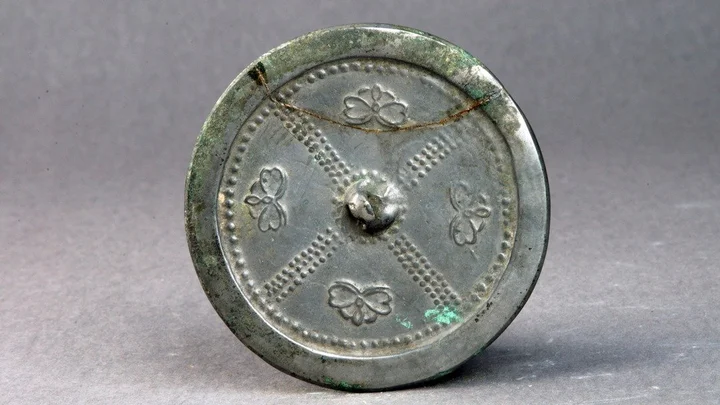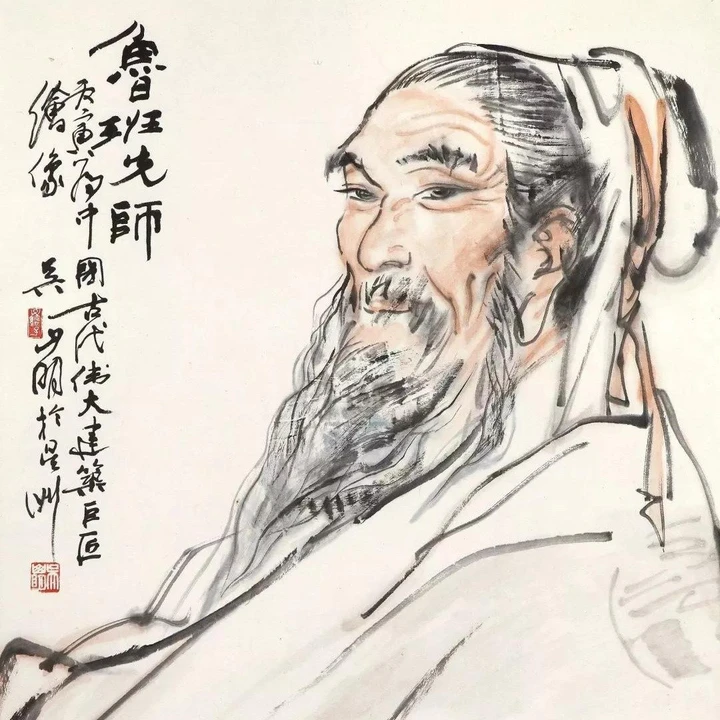100 Great Inventions and Creations of Ancient China (P1)
The Chinese people have developed creative thinking since ancient times and have a glorious tradition of invention. The phoenix is a magical animal composed of the head of a chicken, the body of a peacock and its feathers.

1. Drum
Legend has it that the Chinese had man-made drums in 3500 BC. In 3000 BC, drums were made by covering a frame or container with animal skins. In 1980, seven "Drums of Ling Tu" made of crocodile skin were unearthed from six tombs in Taosi Village, Xiangfen, Shanxi Province. It is the relic of the Xia Dynasty wooden drum with hollowed-out tree trunks as drum shells, of which there are 1 built drum, 2 hanging drums, and 4 flat drums. An ancient human burial dated about 4,200 years ago.
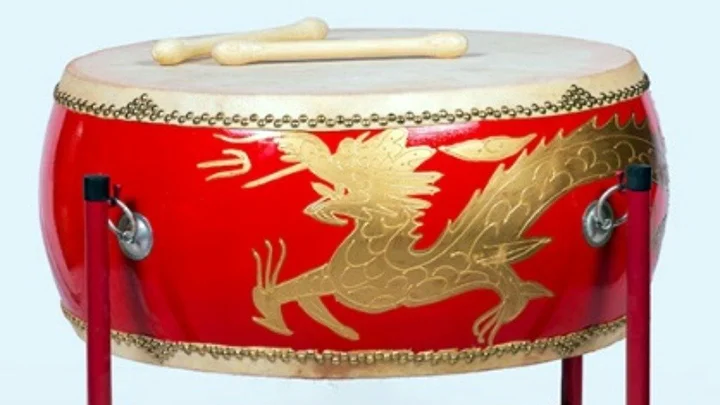
2. Binary System
The ancient Chinese Book of Yijing uses binary to perform calculations. According to legend, Fuxi invented the binary system in 3000 BC.
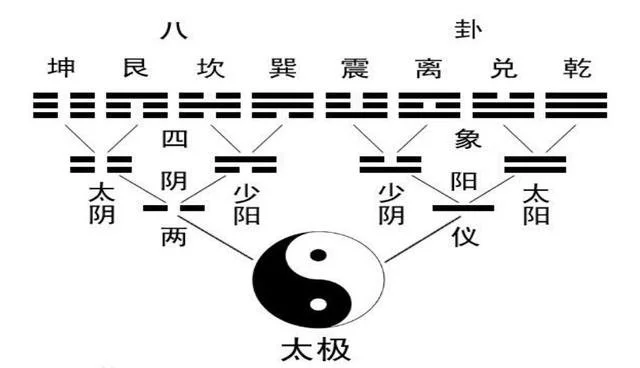
3. Rope
In 2800 BC, the ancient Chinese had mastered the technique of creating hemp rope and started to make rope from hemp fiber. By the beginning of the A.D. Era, hemp fiber had become the main rope material in most parts of the world.
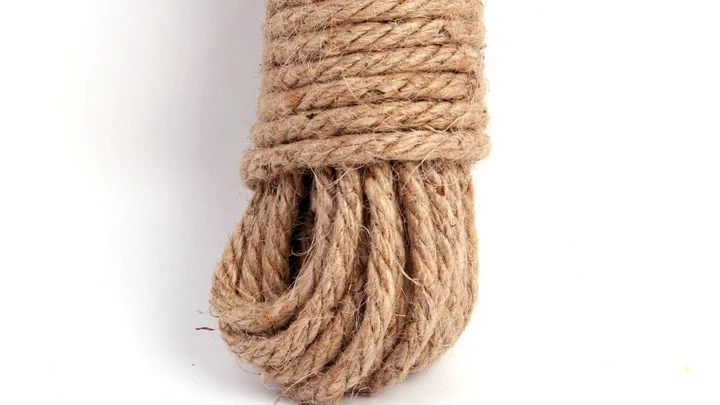
4. Compass
According to legend, Xuanyuan Huangdi of China invented the compass in 2700 BC. Sinan is an instrument used in ancient China to identify directions, and it is an invention of the ancient Chinese working people's long-term practice of understanding the magnetic properties of objects.

5. Fish Farming
Fish farming in China is very early. During the Yin and Shang Dynasties in the 13th century BC, people began to learn how to raise fish. By the Spring and Autumn period, large-scale fish farming has been carried out. In "Wujun Zhushan Lu", "Wu Wang Yucheng was in the field, and fish was raised here at that time", which is the description. It has been cultivated more than 3,200 years ago, and China is one of the first countries in the world to cultivate fish.

6. Equatorial Astronomers
The sundial surface of The ERquatorial Sundial is the equatorial surface. According to the latitude of the place of use, the sundial surface of the equatorial sundial should be parallel to the equatorial surface. The scale on the sundial is equally divided, and the shadows projected by the summer and winter axes on the sundial will be divided into the north and south of the sundial. Suitable for use in low and middle latitudes. If the sundial is changed to a ring, it is called an equatorial compass sundial.
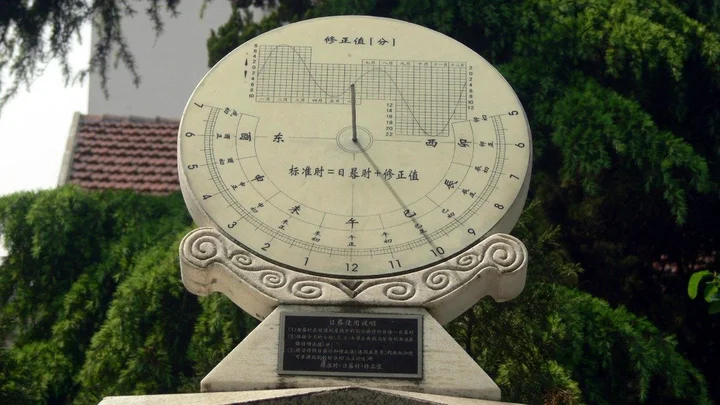
7. Decimal System
The Chinese "Zhou Yi" determined the decimal system. China had established a complete decimal system in the Shang Dynasty more than 3,000 years ago. The Chinese History Museum in Beijing has an ivory ruler unearthed from the Yin Ruins in Anyang. It is 15.78 cm long and divided into ten inches, indicating that the decimal system of the Shang Dynasty in China has been used for the length. The numbering method of the inscriptions of the Zhou Dynasty in China inherits the decimal system of the Shang Dynasty, and has made obvious progress.
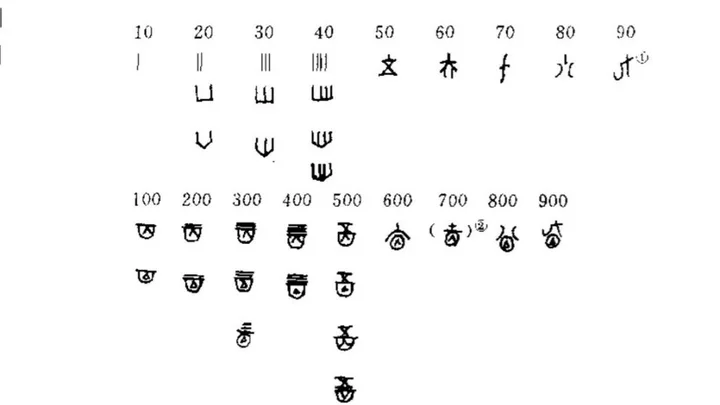
8. Typography
In 1324 BC, the Chinese were already able to carve seals, which were printed on documents with ink. In the 1040s, Bi Sheng, an engraver in the Northern Song Dynasty, invented movable type printing, more than 400 years earlier than the invention of metal movable type printing by German Gutenberg. In 1107 AD, the Chinese also invented color printing.
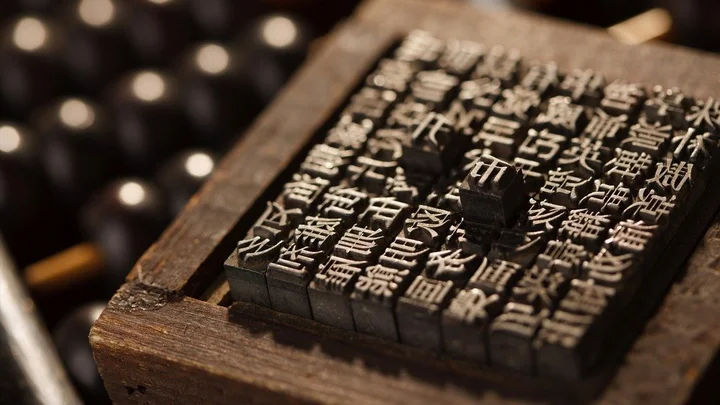
9. Paint
Lacquer is a paint made from the sap from the bark of lacquer to decorate and protect objects. In primitive society, the people of our country have discovered the lacquer tree and know how to use the natural lacquer made from the sap of the lacquer tree to make paint. The Chinese had invented and used lacquer by the 13th century BC at the latest.
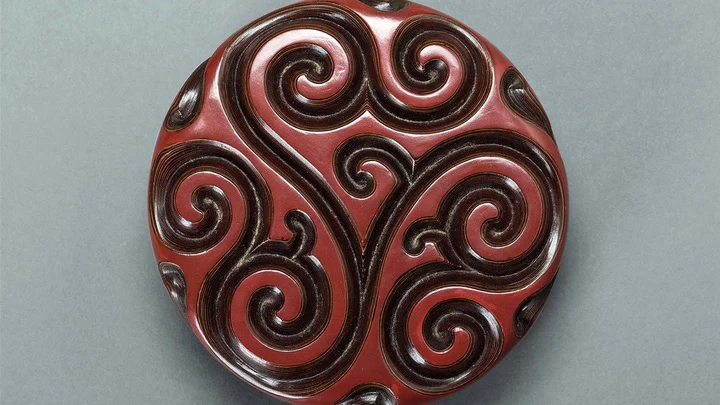
10. Bronze Mirror
The history of making Chinese bronze mirrors can be traced back to the Shang Dynasty, when the Chinese invented bronze mirrors around the 12th century BC. Bronze mirrors are generally cast in bronze with a high tin content. In ancient times, the earliest Shang Dynasty was the appearance of ritual utensils used for sacrifice. From the Spring and Autumn Period and the Warring States Period to the Qin Dynasty, it was generally only enjoyed by kings and nobles. By the end of the Western Han Dynasty, bronze mirrors gradually became popular among the people, and they were indispensable living utensils for people.
